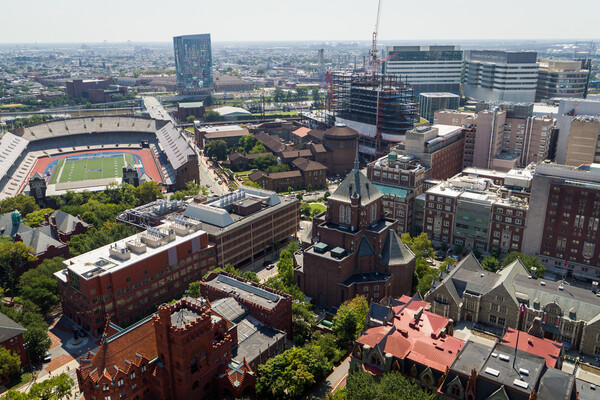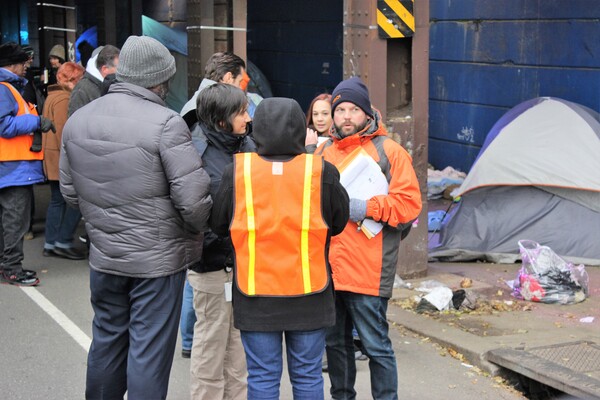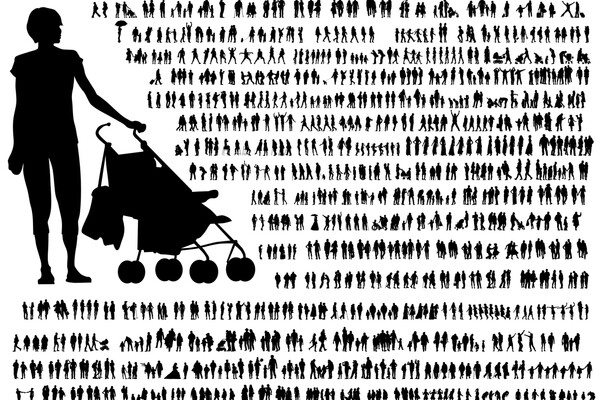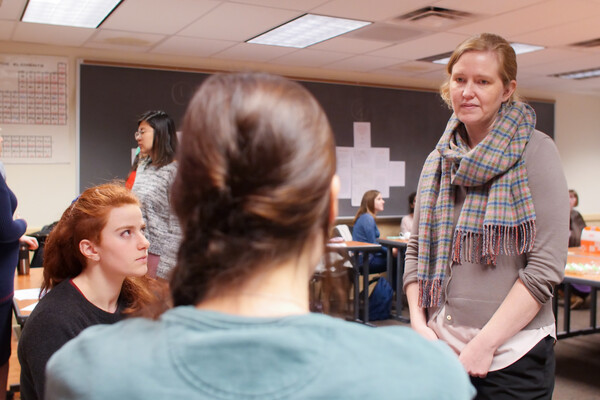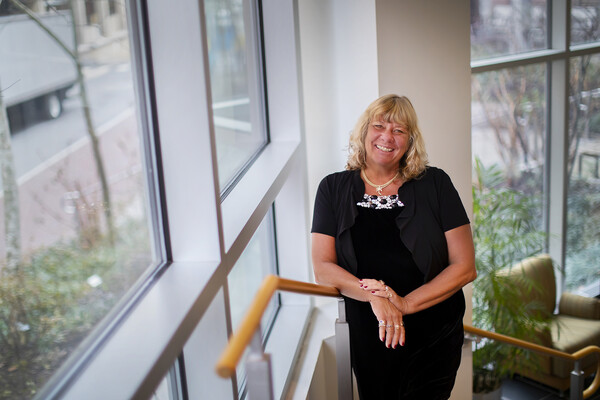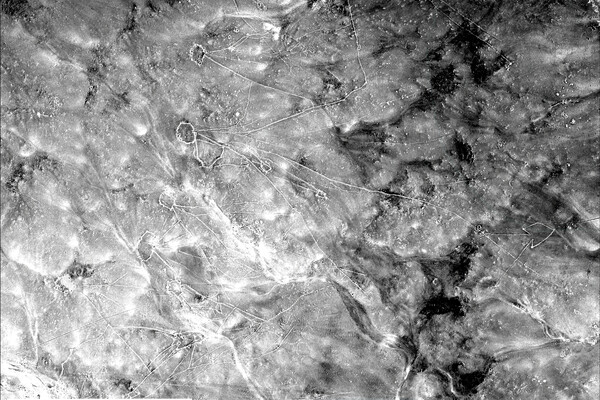
Desert kites, stone wall structures that date back 5,000 to 8,000 years like those shown above, were used to trap gazelle and other similar animals. The dry desert of eastern Jordan preserved many of them, but agricultural expansion in western Jordan dismantled or destroyed many more.

